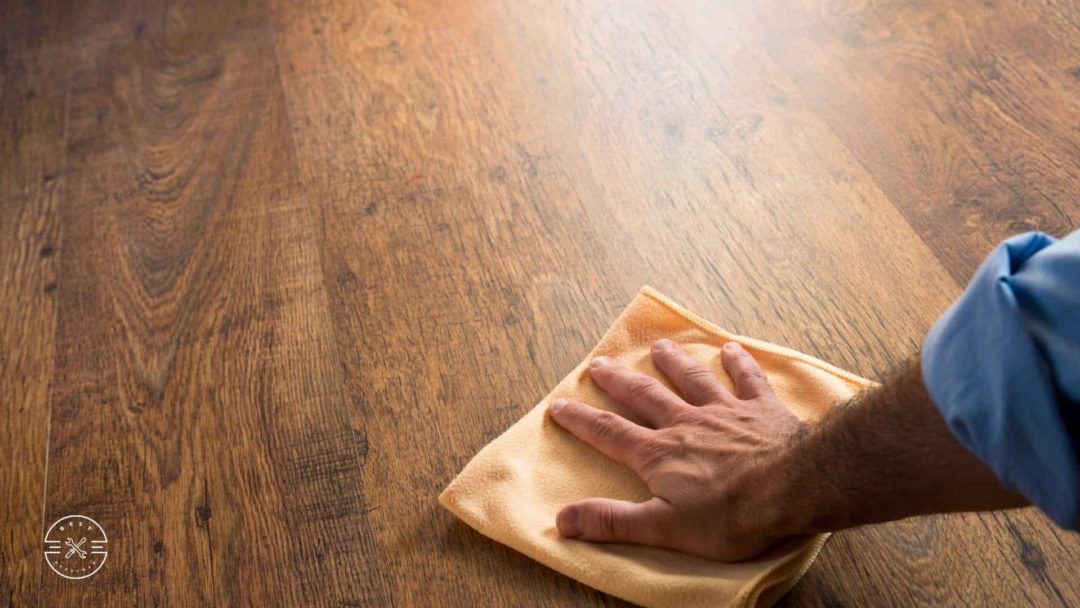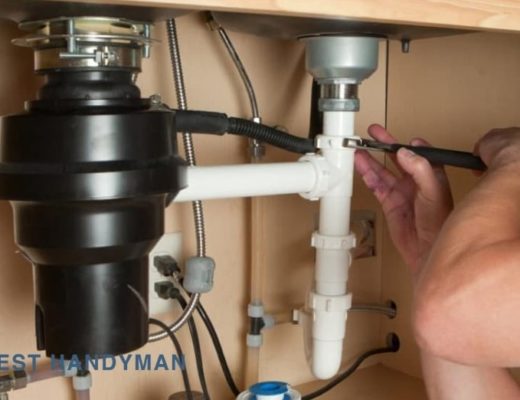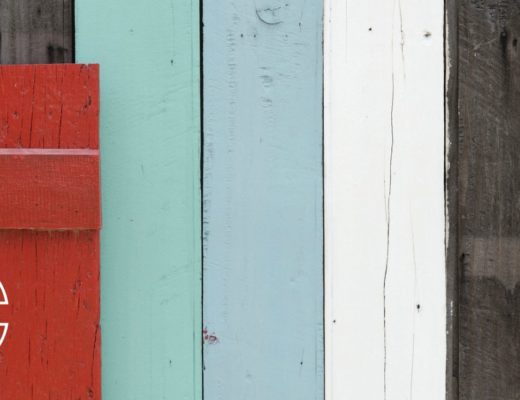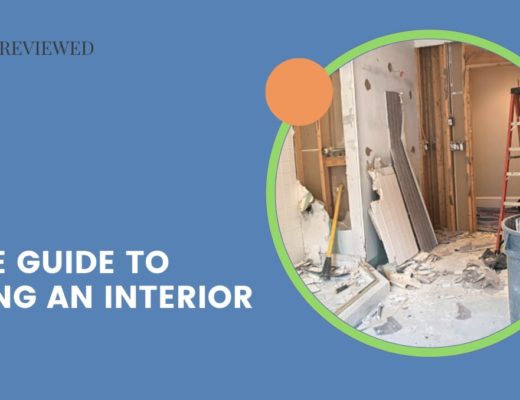Hardwood floors—they’re like a work of art in your home! But let’s face it: accidents happen!
Spills occur, and sticky residue builds up, making your once-beautiful floors look dull and uninviting.
It’s frustrating, I know. The thing is, with a little bit of effort and some handy tips, you can restore your floors to their former glory!
Let’s get down to business and banish that sticky residue from your floors.
Step 1: Identify the Source of the Residue
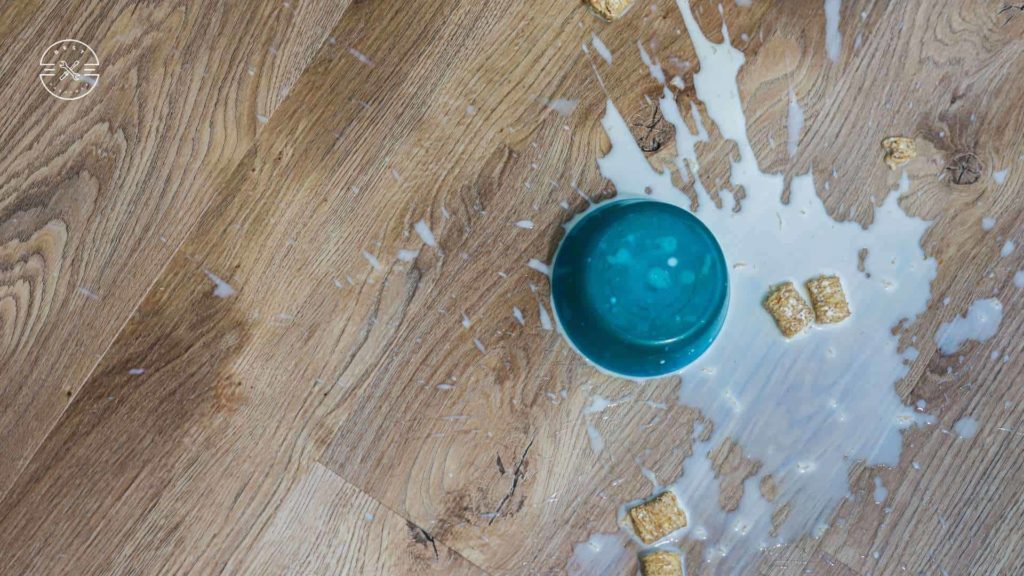
The first step in removing sticky residue from hardwood floors is to identify the source of the problem.
If a spill or a cleaning product caused the residue, it may be relatively easy to remove.
However, if the residue came from foot traffic or other environmental factors, it may require more effort.
Pro Tip: Take note of the type of residue you’re dealing with. Knowing whether the residue is a sticky liquid spill, adhesive residue, or something else can help you determine the best removal approach.
Step 2: Gather Your Supplies
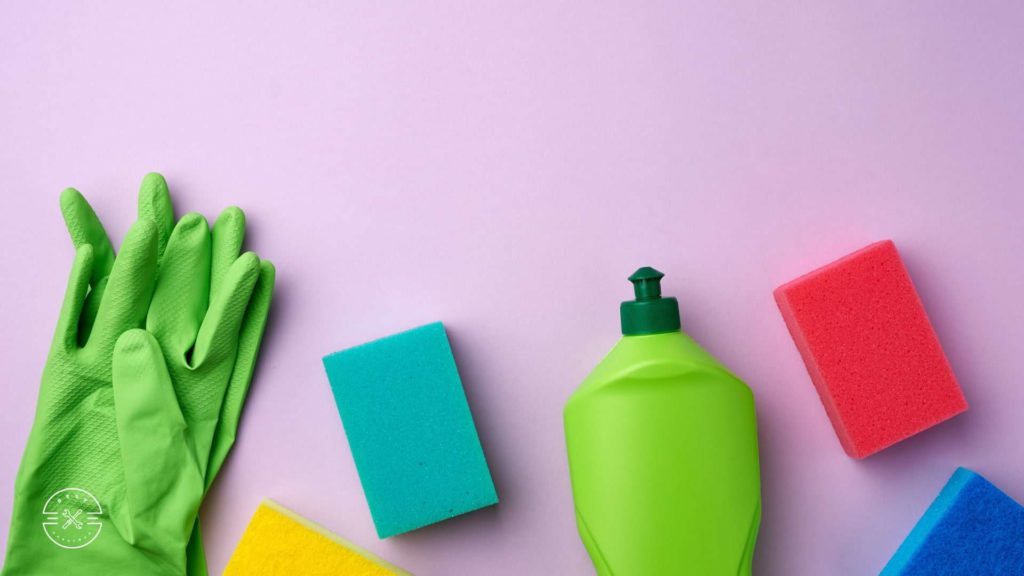
Once you’ve identified the source of the residue, you’ll need to gather the necessary supplies to remove it. For most types of sticky residue, you’ll need the following items:
- A microfiber cloth or a soft-bristled brush
- Warm water
- A mild cleaning solution (such as dish soap or vinegar)
- Rubbing alcohol
- Mineral spirits (for more stubborn residue)
After gathering the necessary supplies, it’s time to start removing the sticky residue from your hardwood floors.
Pro Tip: Use a microfiber cloth instead of a regular cleaning cloth. Microfiber cloths are more effective at trapping dirt and dust and are gentler on your hardwood floors.
Step 3: Test and Apply the Cleaning Solution

Before you start cleaning your hardwood floors, it’s important to test your cleaning solution on a small, inconspicuous area of the floor to ensure it won’t cause any damage or discoloration.
Once you know the cleaning solution is safe to use, you can move on to the next step. Add a small amount of your cleaning solution (such as dish soap or vinegar) to the material or brush and gently scrub the affected area.
For more stubborn residues, you may need to apply rubbing alcohol or mineral spirits to the cloth or brush and scrub more vigorously.
Pro Tip: Use a soft-bristled brush to scrub the affected area. Avoid using a hard-bristled brush, which can scratch the surface of your hardwood floors.
Best Cleaning Solutions for Different Types of Residue

To clean your hardwood floors efficiently, identify the sticky residue you’re dealing with. Here are some common types of residue:
- Liquid spills
- Adhesive residue (e.g. from tape, stickers, or glue)
- Wax or oil-based residue
- Grease or food residue
Read this quick reference guide for the best cleaning solutions for different types of residue:
Pro Tip: Mix your cleaning solution in a spray bottle for easy application. This will allow you to apply the solution evenly without using too much.
Step 4: Rinse and Dry the Floor
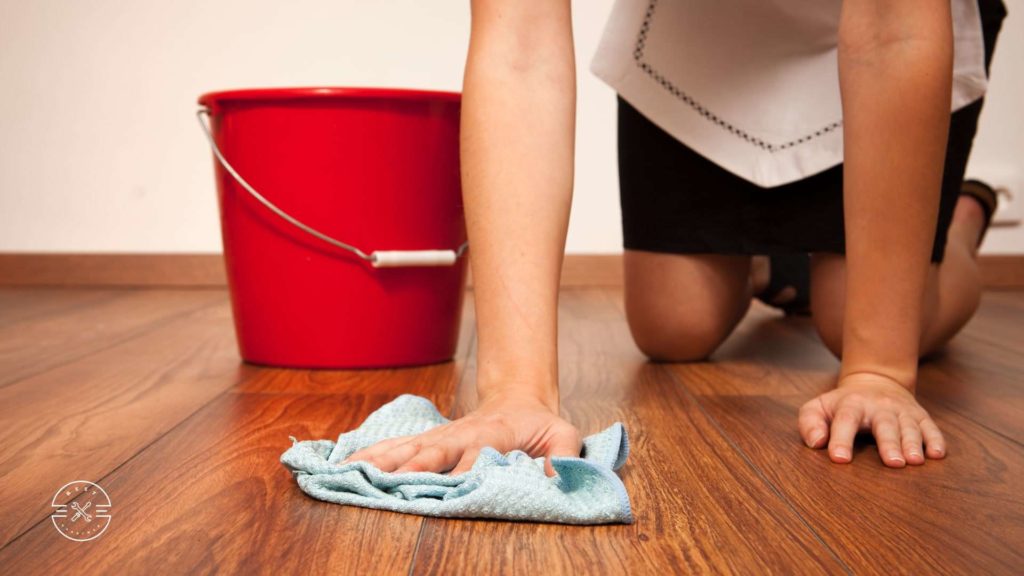
After you’ve applied the cleaning solution and scrubbed the affected area, rinse the floor with clean water and dry it thoroughly with a clean, dry towel.
Remove all excess moisture from the floor, as standing water can damage hardwood floors over time.
Pro Tip: Use a dry towel to remove excess moisture from the floor after rinsing. This will help prevent water spots and damage to your hardwood floors.

